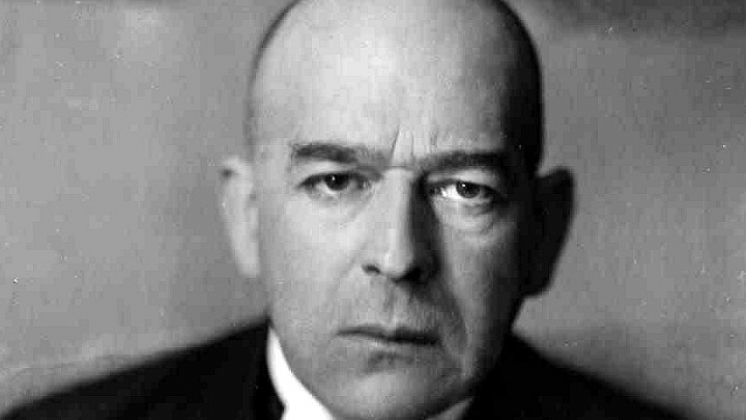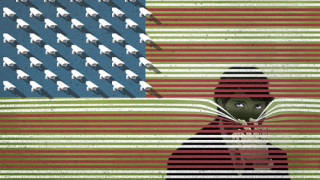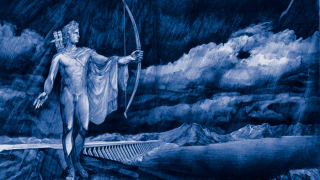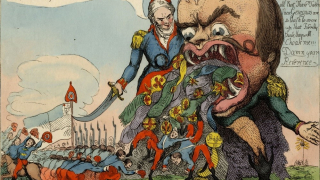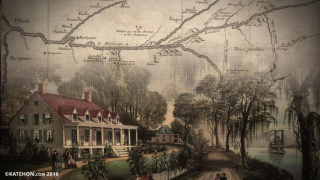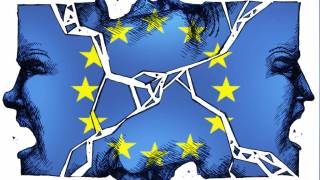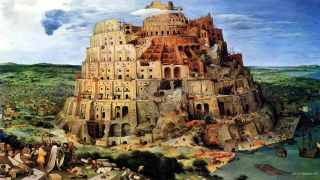Considerations on Spengler
The triple opposition culture – soul - life vs. civilization – intellect – reason takes a new turn with O. Spengler (The Decline of the West. 1918-1922). He actually deals with culture as well as cultures. Moreover, he poses, between “culture” and “civilization”, a relationship that is not only conceptual, but a lineage (that is to say, genetic), and even a finality. Between the great historic cultures (he distinguishes 8), Spengler notes, not superficial analogies, but “homologies” in the biological sense of the term. He affirms: “Cultures are organisms; world history is their general biography.” A culture defines itself as an ensemble of human manifestations in a series of given moments in history (in this regard, Spengler is not very distant from the modern definition of the culture/ nature pair.) This conception is both diachronic and synchronic. Diachronic: every culture passes through the same steps, in the fashion of an organism that is born, grows, reaches maturity, declines, and dies. Synchronic: one observes from one culture to another, and even within the same culture, between its forms (artistic, military, scientific, statist, etc), a “deep affinity between political and artistic figures, between religions and technical intuitions, between mathematics, music, and plastic arts, between economic and intellectual forms.”
Spengler wrote, “I call two historical facts that occur in exactly the same situation in each culture, and consequently have an exactly equivalent meaning, contemporaneous.” And points out “the profound psychic interdependence between the most modern physical - chemical theories and the ancestral mythological representations of the Germanic peoples; the perfect agreement between the style of tragedy, dynamic technology, and monetary circulation of our day; the firstly bizarre, then evident identity between perspective in oil painting, printing, the credit system, firearms, contrapuntal music, and on the other hand, the identity between the nude statue, the polis, Greek currency, as various expressions of one and the same psychic principle...” In such a perspective, civilizations are only the ultimate, decadent forms of cultures; they are only so in the last moment, which precedes the end. “Civilization is the inevitable destiny of every culture,” wrote Spengler. M. Tazerout summarizes: “Culture has civilization as its end and civilization has no other fate but death, which was implied in its birth because each civilization kills its culture like the silkworm eating its cocoon before escaping it.”
Thus the opposition between the two notions are not only “spatial” but also “temporal.” The evolution of humanity has neither meaning nor goal: it's only within particular cultures that goals can be distinguished and appreciated. The highest periods of culture (real culture) are those of birth, growth, and maturity. At this moment, the lifeblood of invention and innovation inside the initial tradition manifests itself with an irresistible energy. On the other hand, the name “civilization” should be reserved for the final period, at the moment where, through the loss of original energy, entropy begins to win over the organism, where scientific and technological progress takes precedence over spiritual creations, where these creations themselves increasingly disappear, where arts and literature become pastimes or social excitements (panem et circenses), where artists lose themselves in subtle variations of what's already been done without ever discovering new sources of inspiration, where fashion secretes the most baroque nostalgia, the most exotic fantasies, where pseudomorphoses happen, that is to say, mixtures of culture, where only mercantile, quantifiable values are recognized everywhere, where money, the abstract symbol of the interchangeable, as Simmel said, dominates everything, where the morality of “effectiveness” becomes pure alibi, facilitating all betrayals (without ultimately being effective), where the desire for security trumps every other preoccupation, where structures collapse, where authorities are questioned, where the greatest number aspires to social homogeneity and the reduction of differences, where society loses its organic character and its “flexibility,” while everything vigorous and great the ancestors created disappears, while everything materializes and petrifies, and soon shatters and dissolves.
Thus Spengler contrasts the organic notion of “culture” to the abstraction of “civilization,” the second being the crystallization (in the sense of materialization) of the first. Culture is then the original manifestation, free and spiritual, of a historical community of life, civilization, the manifestation of an intellectual and impersonal order that leads to technologization and the total mechanization of human life. Between cultures, there is both discontinuity (the inter-cultural spatial principle) and irreversibility (the intra-cultural temporal principle). “A culture,” explains Spengler, “is born at the moment where a great soul awakens, detaches itself from the primal psychic state of eternal human childhood (…) A culture dies when the soul has realized the entire sum of its possibilities in the form of peoples, languages, religious doctrines, arts, states, sciences, and returns to the primal psychic state … When the goal is reached and the idea achieved, when the total quantity of internal possibilities is realized externally, the culture abruptly freezes, it dies, its blood flows out, its strength breaks: it becomes civilization.”
Source : Les idées à l’endroit, Chapter 6, 1979, http://www.revue-nouvelle-ecole.com/2018/03/considerations-sur-spengler-par-alain.html

